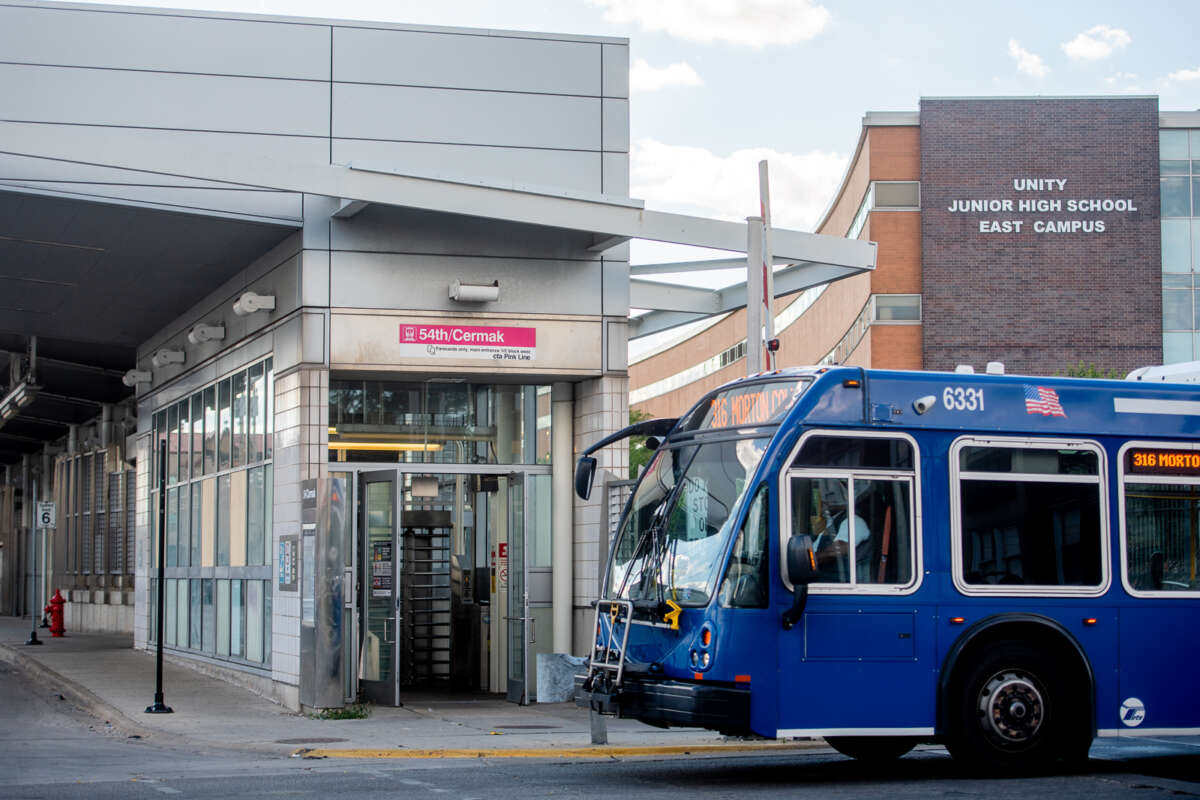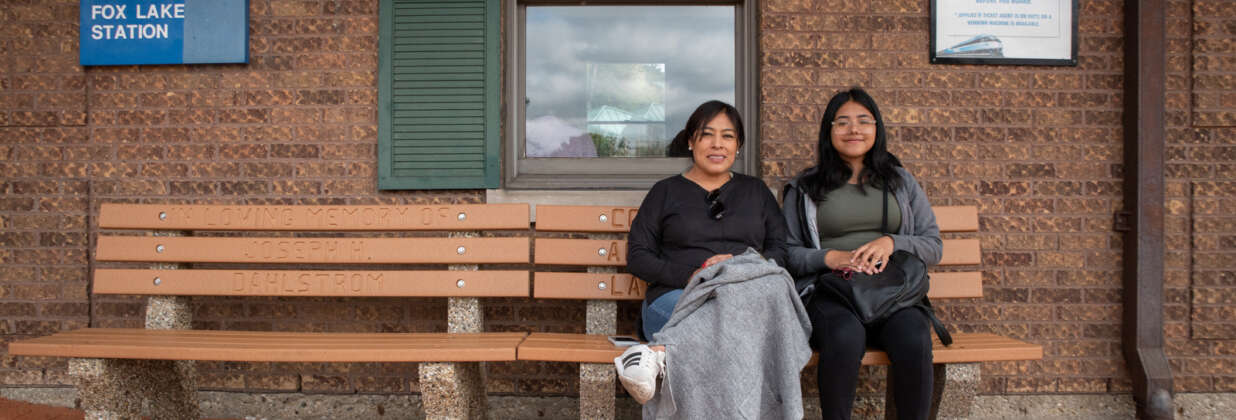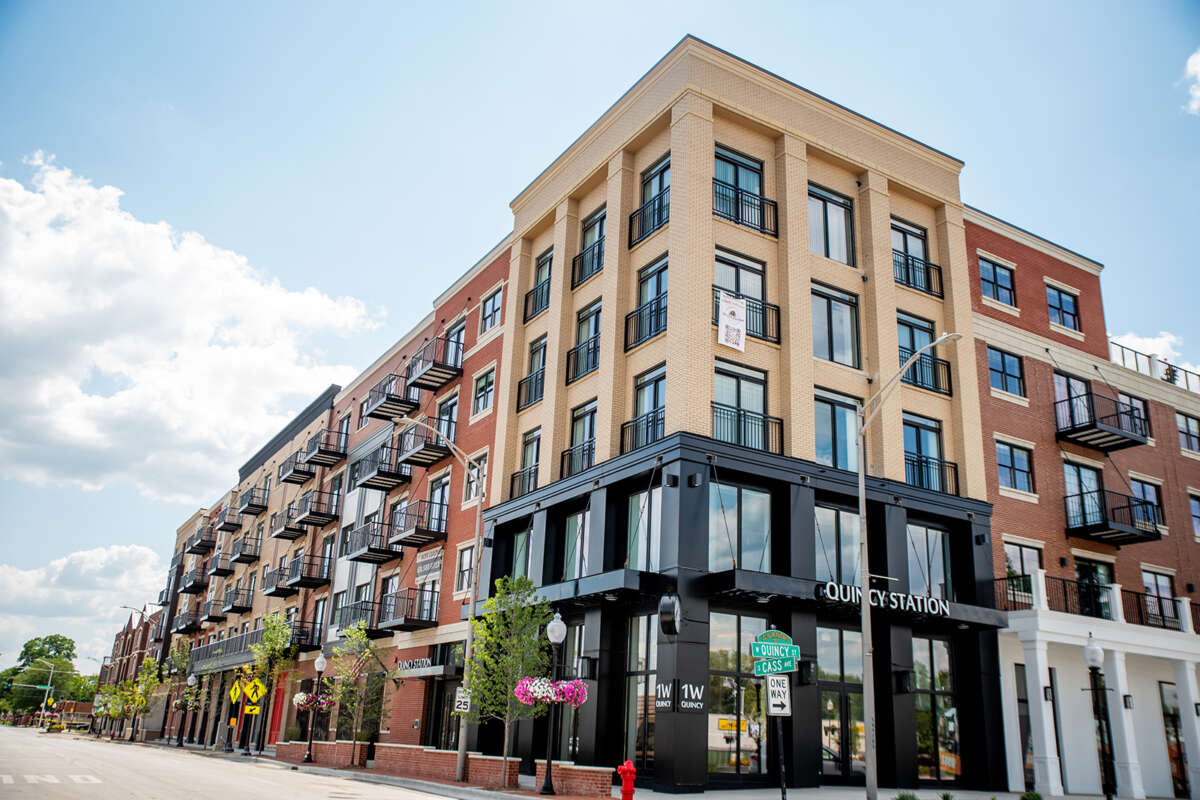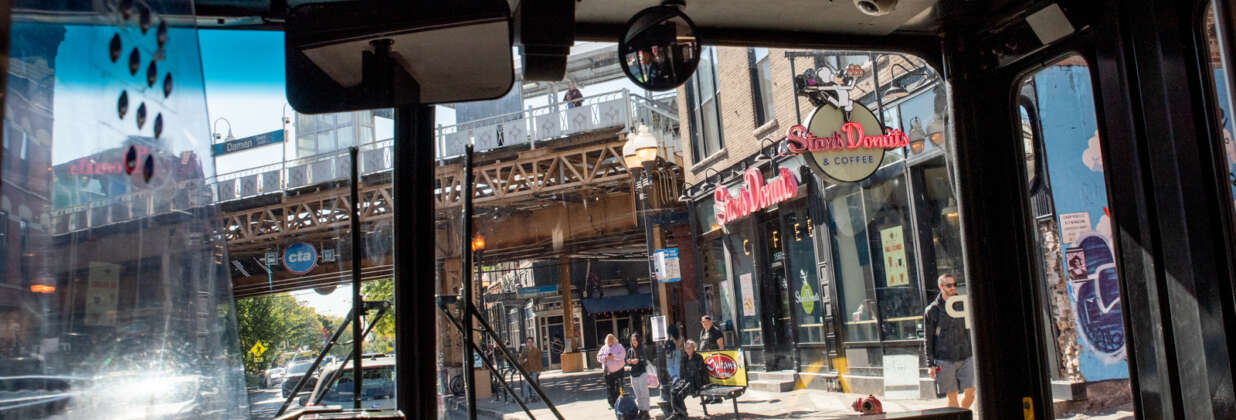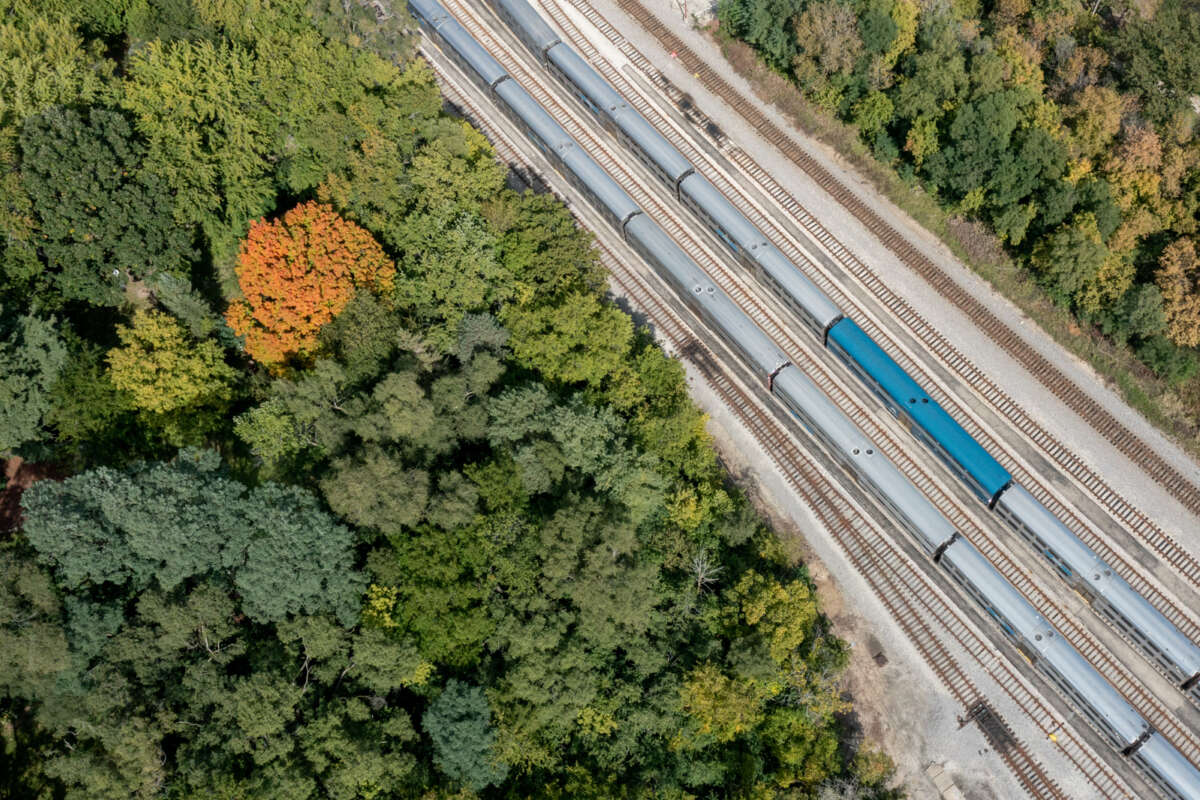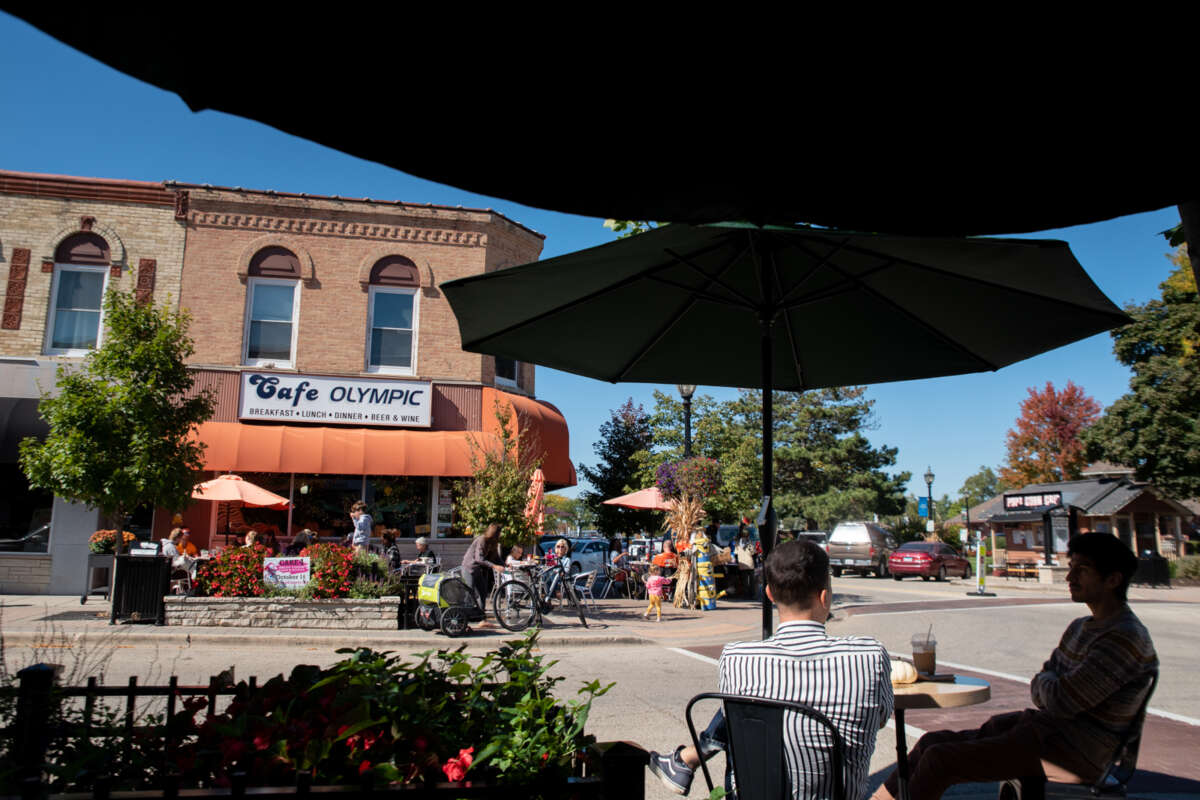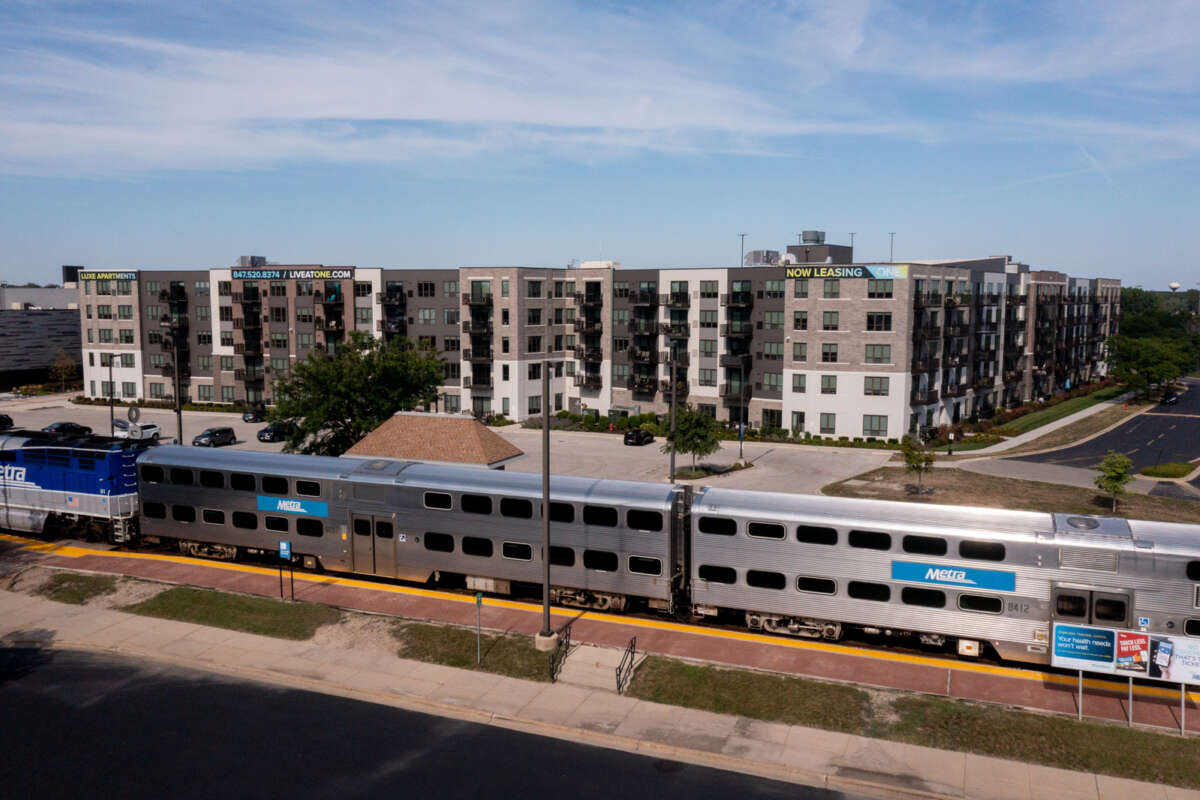TOD zoning codes can include incentives for specific development types that promote an active transportation lifestyle and increase transit ridership. Here are a few examples:
Floor-Area Ratio (FAR) Increases
Permitted FAR can be increased in TOD areas. This allows greater usage of high demand lots, providing additional development space.
Parking Maximums
Low-vehicle-owning households and transit usage can be incentivized by limiting the required number of parking spaces in these districts. Read more in the TOD Guide on Parking.
Increased Density
TOD zoning can also relax minimum unit size requirements. This can permit additional units of different sizes that may not be reflected in current mark.

